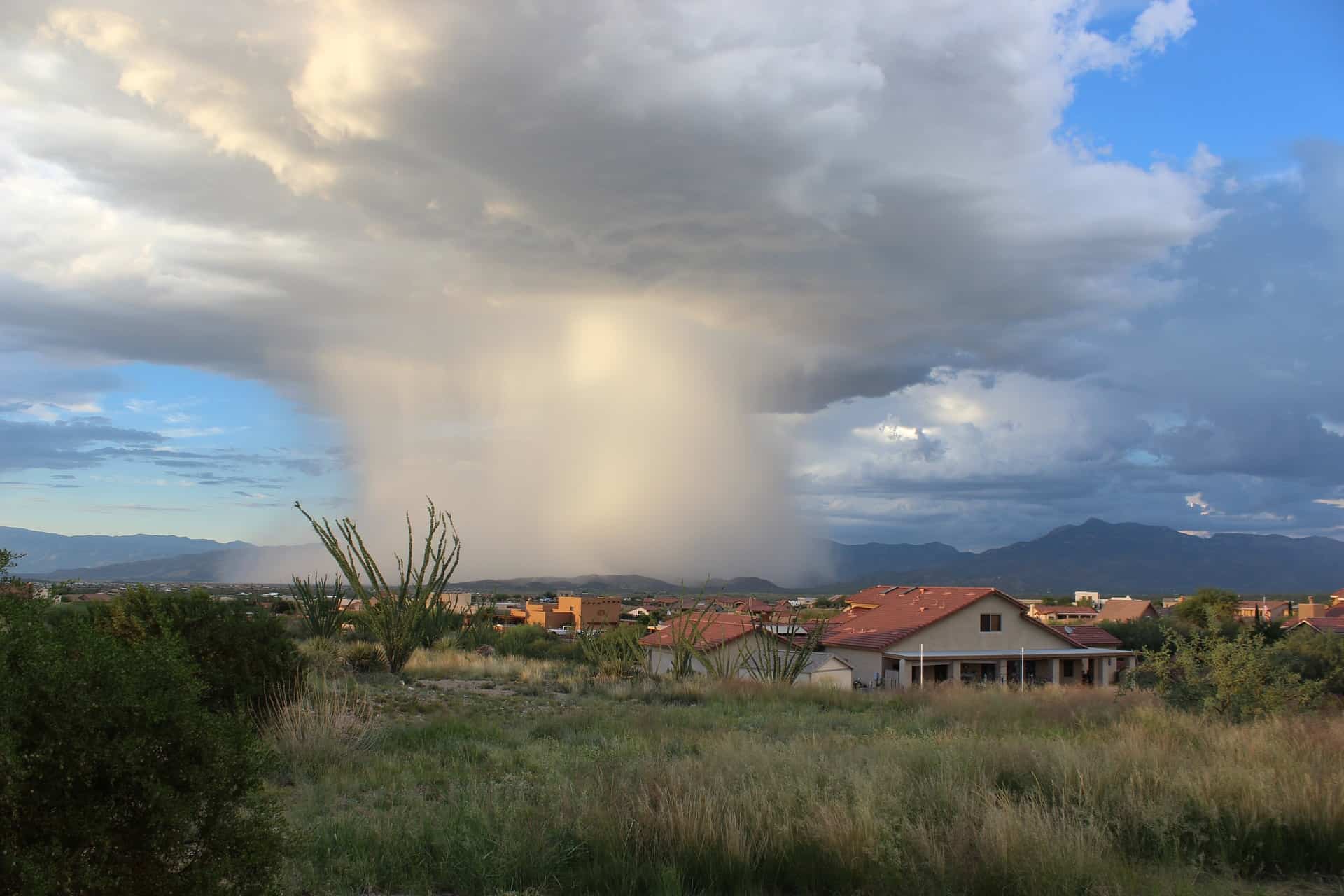
Most people take safety precautions every day without thinking twice: we wear seatbelts, we lock our doors at night, we childproof our homes so that little hands can’t get hurt.
But sometimes, it’s difficult to see a bigger picture when it comes to safety. When the sun is shining in a cloudless sky, for example, it seems silly to think about preparing for a hurricane, but that is actually the best time to get ready. When a storm threatens your area, there will be little time to make plans and figure out an evacuation route.
Some of the most common and destructive disasters include earthquakes, hurricanes, tornadoes, and floods, and all of these can occur in various parts of the United States. While earthquakes aren’t as common, they do affect 45 of our 50 states, particularly on the West Coast. What’s more, earthquakes can trigger shifts in the ocean, leading to flooding in some areas and creating a second disaster. Knowing what to expect in your area is half the battle when it comes to preparing yourself, your family, and your pets for any event.
It’s also helpful to think about preparedness outside of the home; keeping a first-aid kit and a jug of water in the car, for example, is a simple way to give yourself peace of mind. Disaster can strike anywhere, at any time, and as scary as it can be to think about, being prepared is imperative these days.
Whether it comes in the form of bad weather, illness, or an environmental accident, there are many things you can do to ensure you and your family are protected and safe. Here, we’ll go through some of the most common disasters and give you natural disaster safety tips for each.
Earthquakes
While much of the country doesn’t have experience with earthquakes, some states are more at risk than others for strong events. Alaska, California, Hawaii, Nevada, Washington, Idaho, Wyoming, Utah, Oregon, and Montana are at the top of the list, with Alaska experiencing over 12,000 earthquakes between 1974 and 2003. For those who live in the danger zones, making a plan with your family is a great start in becoming prepared for a quake event.
- Anchor all heavy furniture, including bookshelves, bureaus, televisions, and cabinets and refrain from hanging heavy picture frames over beds.
- Practice what you’ll do to protect yourself with your family members, including finding a safe place to crouch that is away from windows, light fixtures, and heavy furniture.
- Agree on a meeting place where everyone will convene once the event is over.
- Familiarize yourself with all evacuation routes in every building you and your family spend time in.
- Put together a first aid kit and make sure everyone in the home knows where it is.
- Place a flashlight and fresh batteries in every bedroom and have each person keep shoes near the bed in case of an event at night.
- Get familiar with where your breaker box, water main, and gas main are located and keep a tool box in a handy spot in case you need to shut them off.
Once the earthquake stops, be sure to stay away from power lines and use stairs instead of elevators. Aftershocks are common and can lead to power outages, which could trap you in an elevator. Sometimes, fire alarms and sprinkler systems will be triggered by the violent movement of the quake and don’t always signal an actual fire, but proceed with caution even if you don’t see or smell smoke.
Floods

Flooding can be caused by a variety of things, including earthquakes and heavy storms. Prone areas obviously include any state with an ocean border as well as low-lying land, such as in Georgia and Louisiana. While it can be difficult to prepare for such an unpredictable disaster, there are many things you can do to ensure you and your family will be able to stay safe until help comes.
- At home, keep clean water (one gallon per person per day), food items such as granola bars and peanut butter, clothing for each family member, medication, a portable cell phone charger, hats, sunscreen, toiletries, a battery-operated radio, extra cash, and blankets handy, perhaps all in one big box that can be grabbed quickly and taken to higher ground or along an evacuation route.
- Familiarize yourself with evacuation routes and make sure your family knows them, too. Make a plan for where to meet once it’s safe to do so in case you are separated from one another when the flooding strikes.
- Put important documents, such as birth certificates, social security cards, passports, and emergency phone contact lists, inside a waterproof, resealable bag to keep them safe. Keep extra bags handy for wallets and phones.
- Keep a small disposable camera handy to take photos of flood damage before you leave the home, as these may be helpful to your insurance company later.
- Keep emergency ponchos for each member of the family in the car, along with flashlights, a battery-powered radio, baby supplies, sunscreen, and clean water. If you find yourself in the car on a flooded road and can safely turn around, do so immediately. Rapidly rising waters can sweep away a car in an instant. If there is no safe direction to go in, get out of the car and head quickly for higher ground. Having a brightly-colored poncho or rain hat on can help rescuers spot you easily.
Be sure to teach small children about the dangers of rising water and what to do in case of an emergency so they won’t be frightened when the time comes to implement your plan.
Hurricanes
If you live near the coast or on an island, you’re probably well-aware of the damage hurricanes and strong tropical storms can do. Still, it never hurts to be prepared for high winds, flooding, and the damage that can come from flying debris. Below is a handy checklist for things you need to think about during hurricane season.
- Familiarize yourself and your family with emergency evacuation routes and, when a storm is on the way, fill the gas tank in your car.
- Keep a well-stocked emergency kit that will be ready to go when you are. Include a battery-powered radio, fresh batteries, a first aid kit, extra cash, a heavy-duty flashlight, fresh water and toiletries, snacks, emergency rain ponchos, and a portable cell phone charger.
- If there’s a chance you will be evacuated, be sure to lock up sports equipment, bicycles, toys, patio furniture, and anything else you keep outside that could be lost or cause damage to your home. Shutter or board up your windows, as well.
- Check on where gas and water mains are located in case you need to shut them off. Turn freezers and refrigerators to the coldest settings to give food a longer life in case the power goes out.
As with any natural disaster, do your best to listen to newscasts for information on where to go and possible places to avoid. It’s also always a good idea to speak with children about the dangers of rising waters and staying close during evacuations so they’ll be ready when the time comes.
Fires
A house fire can quickly become deadly, and there are many different causes that can be prevented if you know what to look for. From checking smoke alarms to refraining from smoking in bed, there are several ways to keep your home – and everyone in it – safe.
- Check every smoke alarm in the house to find out how old it is. You can go by the manufacturer’s date on the back; if it’s ten years old or more, replace it. After that, test them monthly and make sure the batteries are still in good working order.
- Many house fires in rural southern areas are caused by faulty or mishandled kerosene heaters. If you have one of these in your home, make sure it’s secured in a well-ventilated area and that children are not allowed to play near it.
- Never smoke in bed or near curtains or other fabrics.
- Keep matches and lighters well out of the reach of children and talk to them about the dangers of playing with them.
- Check with your local fire department to see if they have stickers you can put on your children’s bedroom windows and door which will alert emergency personnel that a child sleeps there.
- Talk to your kids about an escape route and teach them what a smoke alarm sounds like so that if there is a fire, they’ll know what to do and where to go. Set a meeting place outside so that every family member will be accounted for after escape.
- Take care when cooking or baking and stay near the stove at all times, especially if you have a gas range. Keep items such as pot holders and loose articles of clothing away from the stove and teach pets to keep off the counter to prevent accidents.
- Keep fire extinguishers handy in the kitchen or near a backyard grill.
- Take care when cooking on a gas range that you don’t leave the pilot on. If you do have gas appliances in your home, it’s always a good idea to install a carbon monoxide detector. If the alarm goes off, alert everyone in the home and help them outside to fresh air.
Wildfires
Wildfires present a very different sort of danger, mostly for those who live in dry, warm climates such as southern California or Texas. During droughts, the potential for wildfires is increased greatly, and many people have lost their homes in recent years due to uncontrollable blazes that burn through wooded areas.
One of the best ways to be prepared in the event of a wildfire is to fireproof your home. Maintain wells, fire hydrants, ponds, or other water sources and keep them well-marked so that entrances can be easily spotted. You can also:
- Keep the area around your home free from foliage debris, including the gutters, porch, and roof. Sweep up excess leaves and branches and bag or recycle them.
- Make a plan of escape and make sure everyone in the family is familiar with it.
- Keep flashlights, batteries, a small battery-powered radio, and a portable cell phone charger together with a first aid kit and fire-proof blankets should you need to evacuate. Gallon jugs of water are also a good idea for the trunk of the car.
- If a wildfire is near you but there has not been an evacuation call yet, keep doors and windows closed tightly and turn the air conditioner on to circulate clean air.
- Keep buckets, sand, hoses, an ax, and a shovel handy in case you need to put out manageable fires on your own.
Winter Storms
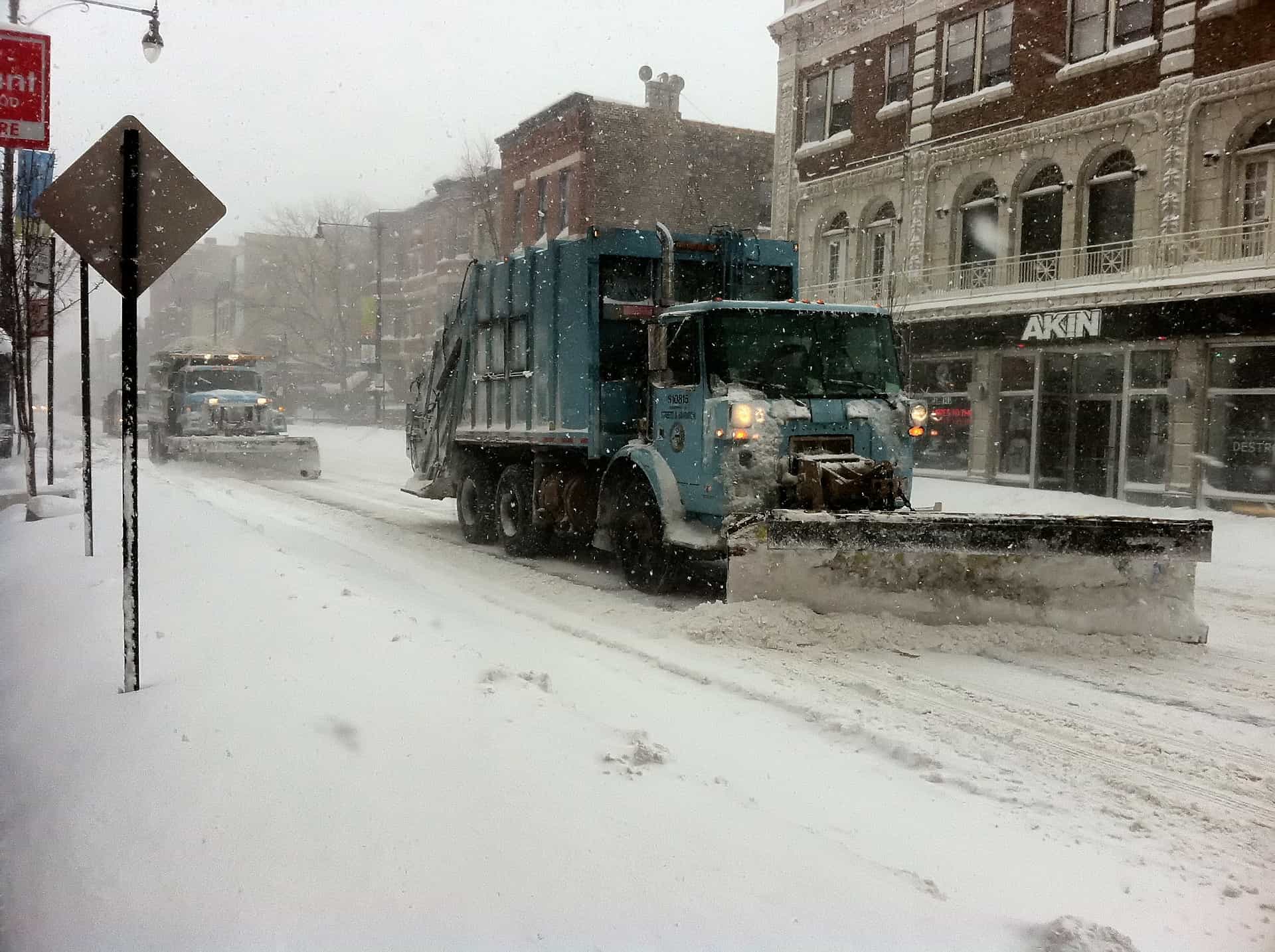
Winter storms can hit fast and hard, and large sections of the population are at risk from the cold during the worst months, such as infants, the disabled, and the elderly. If you live in a rural area or don’t have close neighbors, it’s especially important to be prepared for storms not just for safety, but for continued survival during times when travel is impossible.
- You can prepare your home for colder months by installing well-insulated windows; if that’s too pricey, you might look into purchasing plastic to put over the windows on the inside of the house, which helps keep the cold air out.
- During ice storms or on nights where the temperature falls swiftly, leave faucets dripping so the pipes won’t freeze. Keep your thermostat set around the same temperature all the time to prevent issues with your heat, and check the thermostat on your hot water heater, as well.
- It’s always a good idea to invest in bottled water and put it aside for winter months just in case there is a problem with water lines.
- Pack up an emergency kit with a flashlight and batteries, a small radio, blankets, and an extra set of clothing and durable boots for your car.
- Put aside canned fruit, vegetables, granola bars, peanut butter, water, nuts, and other non-perishables, along with a can opener. This way, if the power goes out, you’ll have plenty of healthy snacks that don’t need to be cooked.
- Keep your gas tank full as a precaution, so the gas line doesn’t freeze.
- Stock up on pet food, kitty litter, diapers, wipes, and baby food as needed and put it aside.
- Keep a box for emergencies that contains a first aid kit, sewing kit, tools, a battery-operated radio, candles and matches, and thick blankets. If everything is together in one place, it will be easy to grab in case the power goes out.
- Perform maintenance on fireplaces year-round so chimneys will be nice and clean for winter-time use.
- Keep medications together in a safe place; put together pain reliever, stomach medicine, teething gel, and anything else you might need in a plastic resealable bag, perhaps in your first aid kit so it’s easy to find later.
- Leave cabinets open so pipes can have access to warm air, but don’t forget to put up any hazardous products out of the reach of children.
It can also be helpful to keep a list of people to call and check on when weather gets bad, such as grandparents or people with young children at home, and keep a portable cell phone charger handy.
Tornadoes

While tornadoes are similar in threat to hurricanes, they carry different precaution needs that anyone who lives in prone areas should be familiar with. States in the Midwest and the South are especially hard hit during spring and summer months. In 2015, Oklahoma had 111 tornadoes, with May being the worst month for funnel clouds.
These storms vary in intensity but often bring extremely high winds, hail, and unpredictable paths. Quite a bit of damage can occur from flying debris, which can also cause injury if you are not properly covered. Since tornadoes can pop up unexpectedly, it’s best to plan out a course of action in case one strikes near your home and share it with your family. Familiarize everyone with the warning signs of a tornado: dark clouds that can take on a yellow or greenish tinge, rapidly swirling clouds, hail, and loud, heavy winds are all signals that a funnel cloud could form.
Many towns have tornado sirens, and these days, smartphones come equipped with the option to receive weather alerts automatically. With the progress that has been made in technology, weather forecasters are able to warn communities fairly quickly about what’s headed their way, but tornadoes are a fickle beast and like to change course. The more prepared you are, the better.
- Pick out the safest place in your home for everyone to meet when a funnel cloud has been spotted. It needs to be in a secluded, sheltered room away from windows, perhaps a basement or interior room such as a windowless bathroom.
- Anchor any heavy furniture, such as bookshelves and bureaus, to the walls.
- Keep trees and bushes well-trimmed and thinned out to minimize flying debris. Also, keep heavy objects, such as large toys, bicycles, and patio furniture secured in a safe place such as a garage or shed.
- If you live in a mobile home, make a plan for a safe place to go when tornado season hits. You might check with local fire or police departments to see if they have a safety plan for mobile home residents.
- As always when preparing for a disaster, keep a first aid kit, flashlight and batteries, and blankets together. The blankets can help shield you from debris.
Volcanic Eruptions
While much of the U.S. has never had to cope with a volcano eruption, most of Hawaii and other island states have active volcanoes which can cause earthquakes and tsunamis and can bury entire towns in ash.
Because eruptions are almost impossible to pinpoint, it’s difficult to be fully prepared for one. But there are several things you can do to take precautions and keep your family safe, including mapping out an evacuation route and keeping disaster supplies at the ready. These include:
- Bottled water
- Flashlight, batteries
- Blankets
- Masks to avoid breathing in ash
Make sure your family is familiar with escape routes and make a plan for meeting up should you be separated when the volcano erupts. Also, keep everyone in the family informed about what to do in the event of a tsunami or earthquake and warn about the dangers of mudslides.
For the most part, being prepared in the event of a disaster just takes some careful planning and a bit of communication between you and your family members. When everyone is on the same page, you’ll have peace of mind as well as a much easier time should an emergency occur.
Planning ahead and buying supplies to put aside is always a good idea and doesn’t have to be done all at once. Adding on a case of bottled water during your usual grocery shopping trip is an easy way to start that won’t cost much money. You should also make sure you’ll be able to access these items easily during a storm or power outage and that you have enough for each family member for at least a few days depending on the disaster.
For those who want to be as helpful as possible during a disaster, there are classes that can be taken at local chapters of the Red Cross, the YMCA, or at community colleges that allow you to learn CPR for infants, children, and adults as well as different lifesaving methods. Check online for classes near you; some will certify you in a matter of weeks.



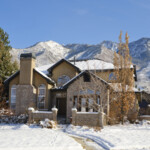
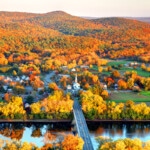


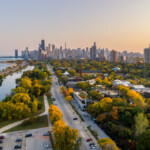
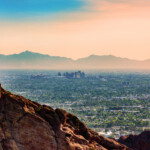

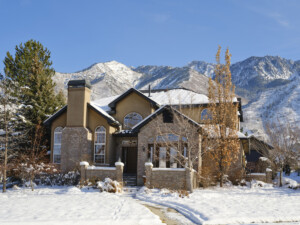
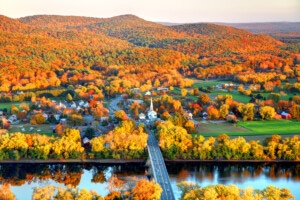
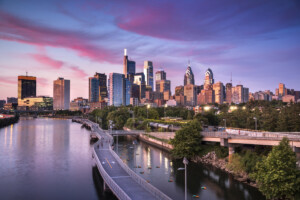

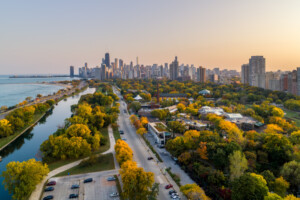
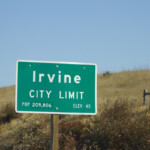











 United States
United States Canada
Canada